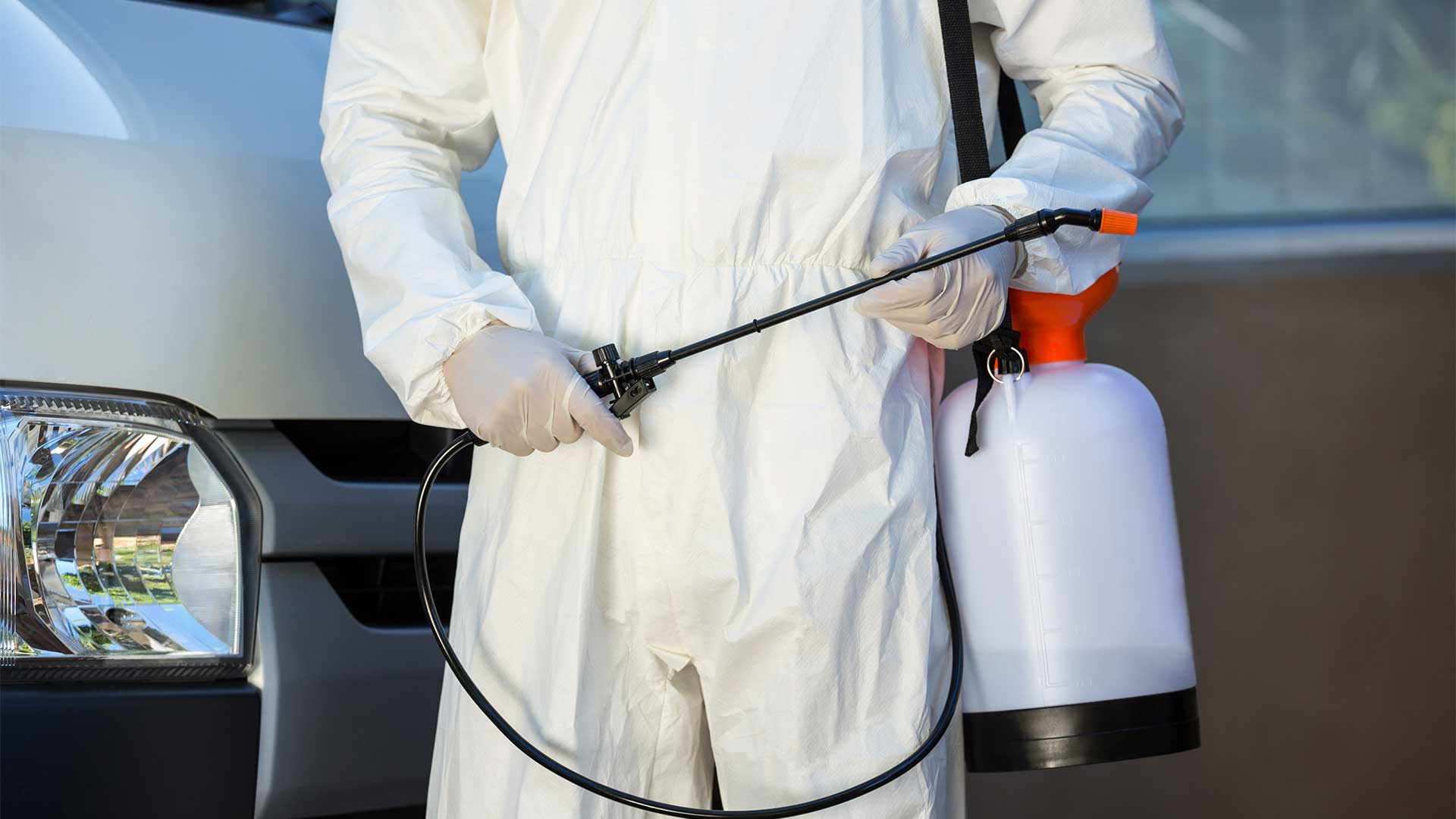Whether you garden for business, to feed your family or just for your own pleasure, the tips below will help you to make the most of your garden. With a little research, you can learn exactly what you need, which will keep you from spending money on seeds you can’t use, or unnecessary equipment.
To grow properly, plants need adequate levels of CO2. In general, higher amounts of CO2 are related to better plant growth. Greenhouses help contain C02 to keep levels high. CO2 levels are usually kept high to get the best growing situation for your plants.
Pull all the weeds in your garden. Weeds and gardens do not mix; they will destroy your garden. A great way to get rid of them is to use white vinegar. It can kill weeds. Put some white vinegar in a spray bottle, and spray directly on weeds. If you don’t want to pull weeds out by hand anymore, give vinegar a try.
Come up with a gardening plan before planting anything. This way, when the sprouts start shooting up, you can recall where you planted each plant. You are also less likely to lose smaller members of the larger garden in the overall mix.
If you want to effectively weed out young plants, you can try “boiling” away the weeds. A pot of boiling hot water can be one of the most safe weed destroyers. Just pour boiling water directly on top of the weeds cautiously to avoid damaging your plants. Boiling water kills weeds by destroying their roots. Weeds won’t be able to survive, never mind grow, with damaged weeds.
Split up the irises. You can create additional irises by splitting up irises that are growing into each other’s space. Lift bulbous irises when the foliage is dead. These bulbs will divide into several parts naturally when you pick them up. You can then replant them, and watch them flower the following year. Rhizomes should be divided using a knife. Cut new pieces from the outside and discard the old center. If done properly, each piece that remains for planting should have a minimum of one viable offshoot. Replant your cuttings immediately for the best results.
If you are interested in sustainable organic gardening, consider keeping part of your property undeveloped so that wildlife can flourish there. The kind of birds and insects needed for pollination will be naturally present on your property and help with your organic garden.
Organic indoor plants may need additional light sources to make up for the light they miss out on by being indoors. This needs to be considered. If you live in a home or apartment that does not get great sunlight you may want to consider growing plants that are designed to grow in low or medium-light environments. If you simply must have a plant that has higher requirements for sunlight, you can use indoor UV lamps.
All that is required is a little research, patience, and putting in some work time out in the garden itself. You will feel a sense of reward when you start seeing how you made something grow from nothing.…

